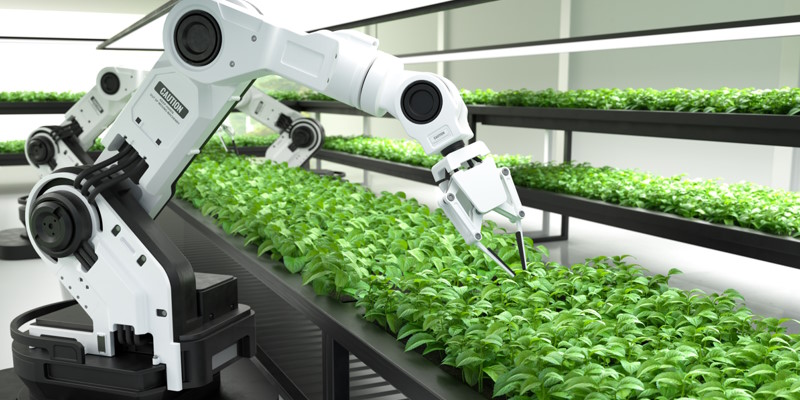Automation technology is playing an increasingly important role in the cold chain, enabling faster, more accurate, and more cost-effective operations. As the demand for temperature-controlled products continues to rise, so does the need for efficient and reliable cold chain logistics. From food and beverages to pharmaceuticals and biotech products, proper storage and transportation of these temperature-sensitive items are essential to maintain their quality and safety emphasizes David Dronfield, General Manager, Swisslog Middle East, in this OpEd for LogisticsGulf.com

The cold chain is a critical part of the global supply chain, ensuring the safe and efficient transportation and storage of perishable goods. A report by Fortune Business Insights indicates that the global cold chain logistics market is projected to grow to US$ 647.4 billion by 2028.
Warehouses in general are struggling to attract and retain talent. A report titled Warehouse Vision Study found that 60% of warehouse and distribution center operators agree that labor recruitment is a top operational challenge. It’s not unreasonable to conclude that this situation will be worse in cold storage facilities where working conditions can be harsh.

Automation technology is playing an increasingly important role in the cold chain, enabling faster, more accurate, and more cost-effective operations. Automation is playing a key role in addressing the labor, efficiency, and throughput requirements of cold storage facilities.
Flexible Automation Systems
However, unlike other facilities where flexible automation systems can be adapted to virtually any environment, achieving the true benefits of automation in a cold chain warehouse requires tight integration between the building design, operation expertise and automation system.
At Swisslog, we are at the forefront of cold chain automation, helping companies around the world optimize their supply chain operations. Our experience has shown that there are several key trends and technologies driving innovation in the cold chain today.
First and foremost, data analytics and real-time monitoring are essential for optimizing cold chain operations. By collecting and analyzing data from sensors and other sources, companies can identify bottlenecks, optimize routes, and improve overall efficiency, gain insights into temperature patterns and identify potential issues before they become problems.
Real-time Monitoring
Real-time monitoring ensures that any issues can be quickly addressed, reducing the risk of spoilage, and ensuring that products are delivered on time and in top condition. AI can also help to predict demand, optimize inventory levels, and even suggest the most efficient routes for transportation.
Another trend is the use of robotics and automation in cold storage facilities. Automated systems can help reduce labor costs, increase accuracy, and improve overall efficiency. Swisslog has developed a range of automated storage and retrieval systems specifically for cold storage applications, helping companies increase throughput and minimize the risk of product damage or spoilage.
At the same time, the rise of e-commerce and direct-to-consumer (DTC) delivery is also driving innovation in the cold chain. With more consumers ordering fresh and frozen foods online, there is a growing need for last-mile delivery solutions that can maintain product integrity and freshness. With the use of the right automation technology, e-grocers can make sure to easily transport cold items and deliver outstanding reliability.
Sustainability
Finally, sustainability is becoming an increasingly important consideration in the cold chain. As the global focus on reducing greenhouse gas emissions continues to grow, companies are looking for ways to minimize their carbon footprint.
Swisslog is committed to sustainability and has developed a range of solutions to help companies reduce energy consumption and waste in their cold chain operations. The best example of these systems is the Swisslog PowerStore system, which employs low-footprint pallet lifts in place of aisles to enable storage 20 pallets deep.
PowerStore provides the industry’s most dense automated pallet storage, further improving cold retention. As each storage level is serviced by individual shuttle vehicles, system redundancy or operating “uptime” is high. It also supports the high throughput requirements of today’s high-turn cold storage facilities and delivers outstanding reliability to minimize service technician exposure to deep freeze environments.
Innovative solutions
We have been developing innovative cold chain automation solutions that leverage these trends and technologies. For example, our SynQ platform uses AI to optimize processes and provide real-time visibility into the cold chain.
In conclusion, the cold chain is evolving rapidly, and automation technology is playing a critical role in driving innovation and efficiency. By leveraging data analytics, robotics, and other cutting-edge technologies, companies can optimize their operations, reduce costs, and improve the quality and safety of their temperature-sensitive products.
